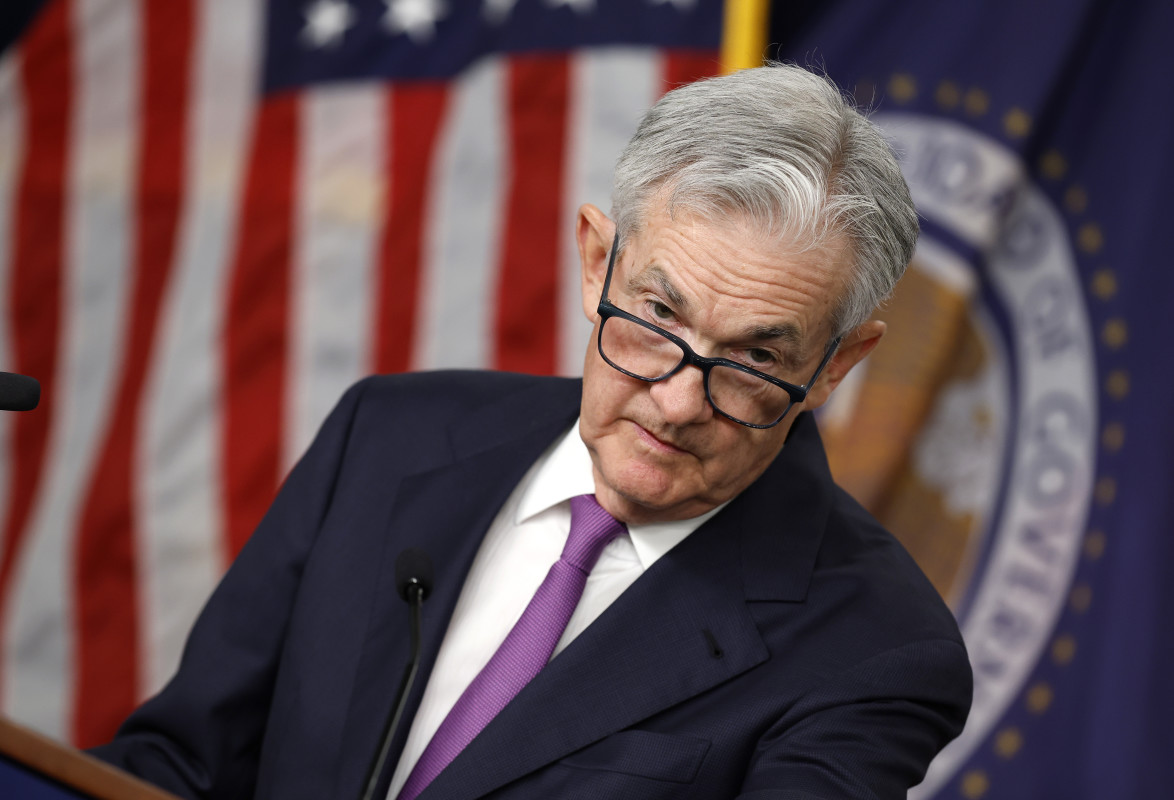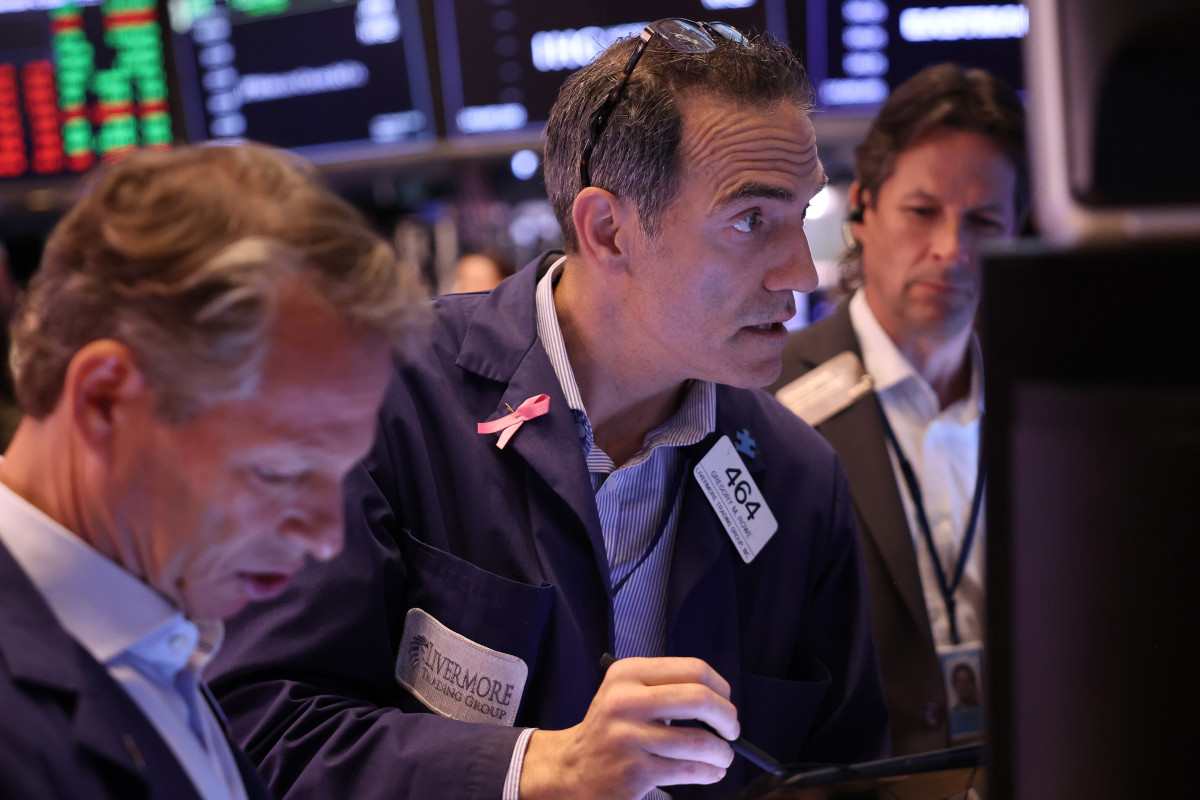
Since Jerome Powell became chairman of the Federal Reserve Board in 2018, the members of its rate-making body have unanimously voted in favor of decisions.
The Fed's Sept. 18 decision to cut the Fed's key interest rate by a half-percentage point also featured a very public dissent on the vote.
Don't miss the move: Subscribe to TheStreet's free daily newsletter
The Fed's rate-making body, the Federal Open Market Committee, had a spirited debate behind the scenes at its meeting about how big the rate cut should be.
Related: Boeing machinist strike is getting messier
Fed Governor Michelle Bowman voted against cutting the Fed's key federal funds rate to 4.75% to 5%. The rate had been 5.25% to 5.5%.
She wanted to cut the rate to 5% to 5.25%. After the meeting, she said she was wary inflation pressures might erupt again.
But the minutes of the meeting, released Oct. 9, suggest it took a bit of work to get the decision done.
Powell and others, looking at data suggesting a weakening economy, wanted to get ahead of the softness.
A number of people, either voting members of the committee or not, were at least equally comfortable with a quarter-point cut. For example, Neel Kashkari, president of the Minneapolis Federal Reserve Bank, told a Minnesota banking meeting Oct, 8 he was fine with a half-point rate cut or a quarter-point cut.
The FOMC sets interest-rate policy for the Fed. Its members include all of the Fed governors, the president of New York Federal Reserve Bank, and four presidents of the other 11 Federal Reserve banks. The bank presidents serve as voting members every fourth year in a rotation set by policy.
Related: Stock movers: Alphabet, Boeing, Norwegian Cruise Line, Carnival
Bond investors sold, but more cuts are coming
The debate details, filling up nearly three pages of the Fed's meeting minutes , were enough to push bond prices lower and interest rates higher.
As important, the news changed Wall Street estimates on how fast the Fed will cut rates going forward.
The 10-year Treasury yield rose to 4.07% from 4.02%. It was not a lot, but the change was the fifth gain in the last six sessions for the 10-year note.
More Economic Analysis:
- Goldman Sachs analyst overhauls S&P 500 targets for 2024, 2025
- PCE Inflation report resets bets on another big Fed rate cut
- Why stocks are soaring and the rally has room to run
The yield on Oct. 9 ended 12.4% higher than its lowest yield in 2024, a 3.62% yield on Sept. 16. That was the day before the Fed's two-day September meeting began.
The Oct. 9 yield gain pushed mortgage rates higher. The 30-year fixed-rate mortgage was at 6.67%, up from 6.62% on Oct. 8 and up from the year's low rate, 6.11% on Sept. 11.

The road ahead
The bottom line for home buyers and sellers is to not expect rates to come down as fast as they might have expected.
The Fed may institute another rate cut at its Nov. 6-7 meeting and another at its Dec. 17-18 meeting.
As of Oct. 9, Wall Street was expecting quarter-point drops at each meeting. More cuts are expected in 2025, with some investors betting that the Fed funds rate drops under 4%.
It should be noted that the yield gains are part of a broader debate among bond investors who believe the Fed's rate cut was too big and have enough financial muscle to make their opinions known.
Stock buyers were undeterred
That said, the higher 10-year close — and higher yields on all other Treasury securities — did nothing to limit a second day of gains in the stock market.
The Standard and Poor's 500 Index and the Dow Jones Industrial Average both closed at record highs at 5,792 and 42,512, respectively on Oct. 9.
The Nasdaq Composite's finish at 18,292 was up nearly 109 points but 2.9% below its peak close of 18,647, reached on July 10.
The SPDR S&P 500 ETF Trust (SPY) was up 0.7%. The S&P 500 was led by technology stocks. The Technology Select Sector SPDR Fund (XLK) added 1.1%. Only utilities stocks were lower.
Related: The 10 best investing books, according to our stock market pros







